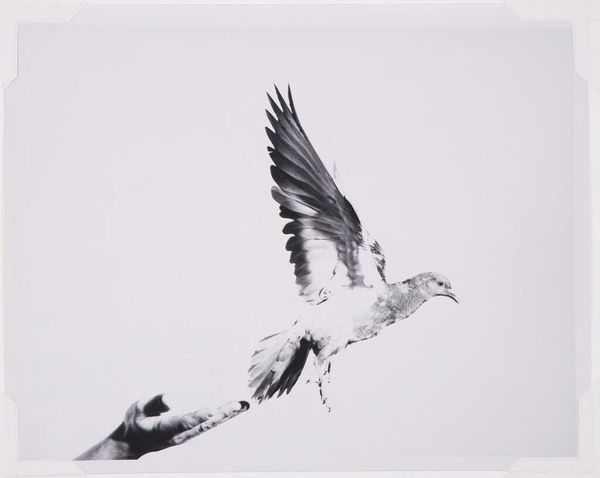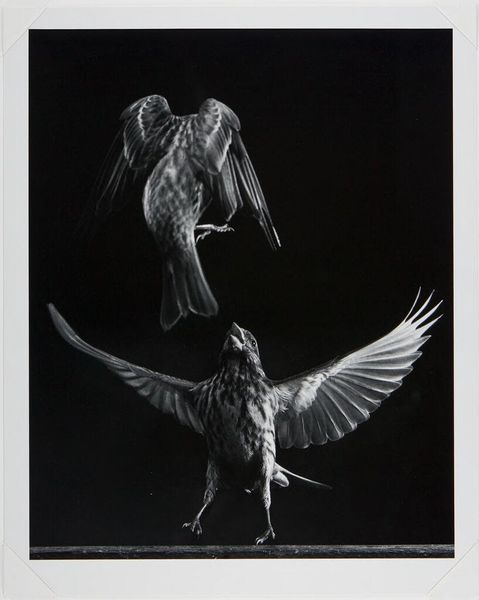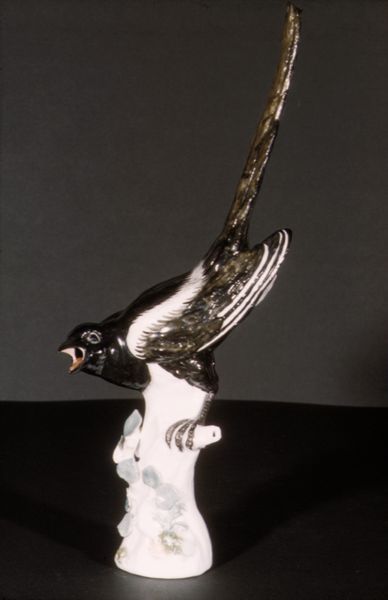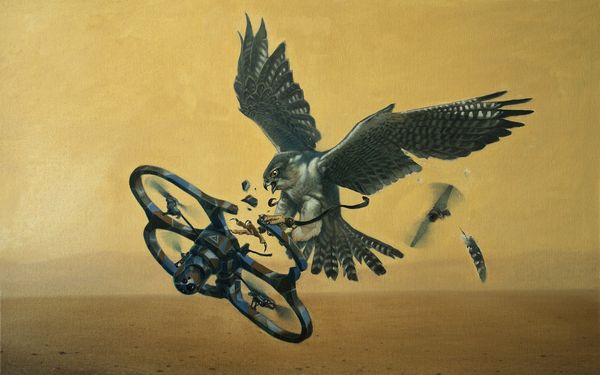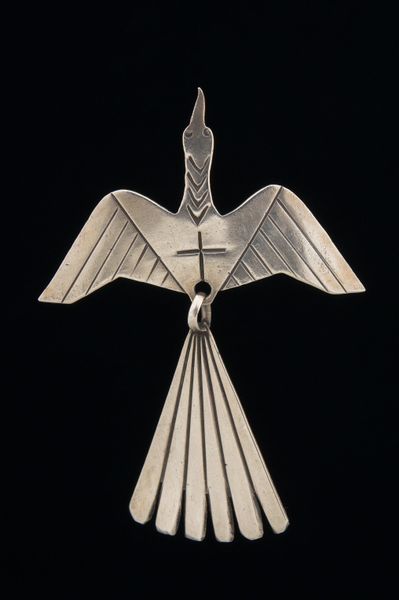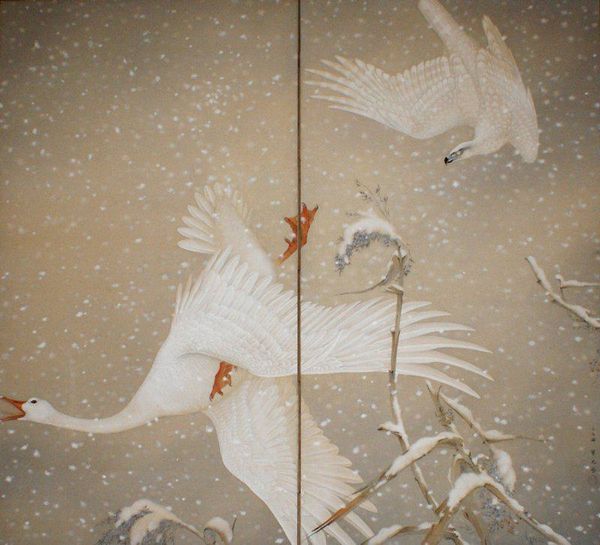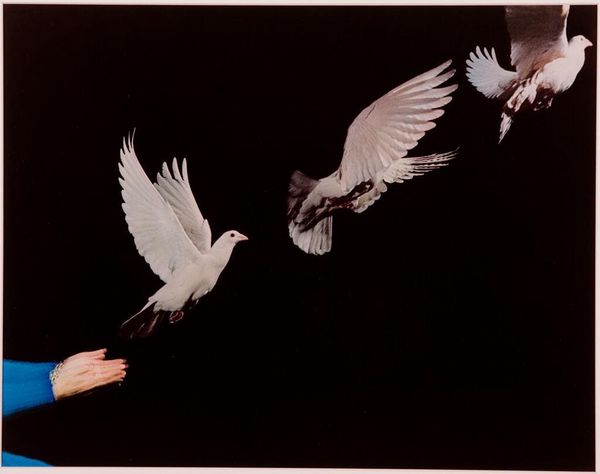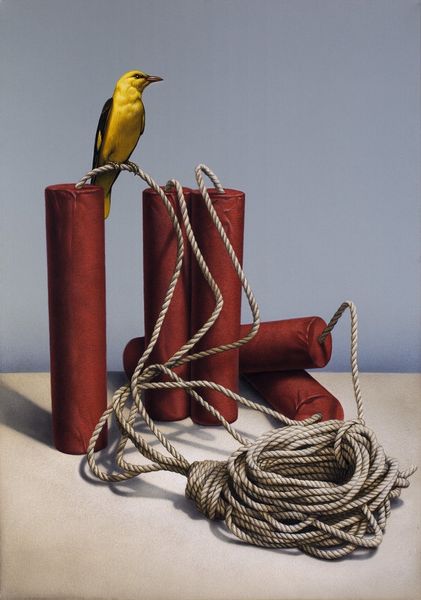
painting
#
painting
#
caricature
#
bird
#
animal portrait
#
realism
Copyright: Dieter Asmus,Fair Use
Curator: Oh, what have we here? The light is making me feel all soft focus dreamy... Editor: Well, allow me to introduce you to "Möwenfütterung," or "Feeding Seagulls" if you don’t speak German, a painting by Dieter Asmus completed in 1974. I like the piece for its realism—albeit one that has subtle cartoonish undertones. Curator: Cartoonish? I wouldn’t quite say that. There is this lovely uncanny air though, it's slightly… disturbing. Like a fable, almost—the arm seems almost metallic! But is the bird blessed or doomed by the encounter? Is it the bait, or being welcomed? Editor: Right, that disquiet probably stems from how Asmus renders the hand; notice how its metallic sheen mimics artifice—calling to mind statuary, say, in museums of the period where many similar works would be on display. Curator: Yes! I see it now, this hyper-realism really puts the focus on artifice. It almost feels cynical… is this about our impact, the tricks and illusions we throw at nature, with potentially damaging consequences? Editor: That's where it gets interesting, right? Consider the time frame. 1974 saw mounting public consciousness around pollution, consumerism. There was this burgeoning understanding that we are not separate from but inextricably *part* of an ecosystem we were disrupting with plastics and trash that would affect entire populations of seabirds. Curator: The food source becomes inseparable from the plastic bag; now I wonder what that seagull really gains... it gets harder to dismiss that strange tension. Asmus has lured me in, cleverly, through this very stillness. Editor: It asks us to pause—think about not just the aesthetic appeal of realism but its function in conveying a timely socio-political message, right when these conversations began entering mainstream discourse. Curator: Yes, definitely powerful when considering context, seeing how Asmus' vision really puts environmental discourse in flight. Thank you for those insights. Editor: The pleasure's all mine; Asmus challenges how realism can be used to prompt public engagement beyond traditional formats in museums.
Comments
No comments
Be the first to comment and join the conversation on the ultimate creative platform.


